Affiliate links on Android Authority may earn us a commission. Learn more.
Why 2015's flagships are more familiar than ever, and we shouldn't be upset
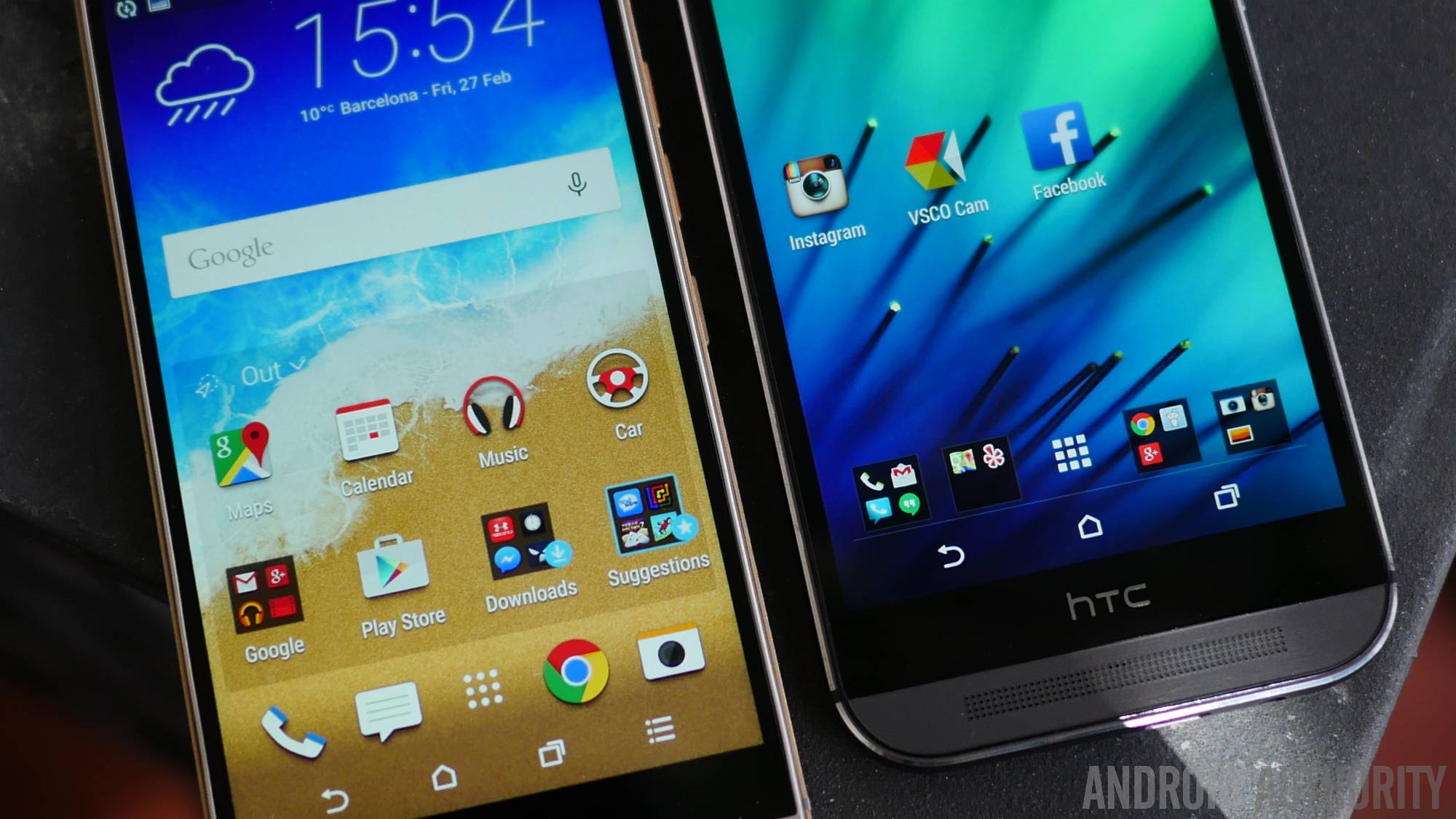
2015 is shaping up to be a very prolific year, and for seemingly all the wrong reasons. Smartphone fans around the globe eagerly await the days leading up to the official announcement of their company’s new flagships, and the road to release is paved with lots of leaks. Funny thing though, despite some rather lofty claims, a number of devices we’ve seen so far have been mighty disappointing to a number of people. The crime is really one of time: it passes, yet the physical forms refuse to change.
To sum up the situation, “core” Android OEMs have collectively decided to “pull an Apple” this year, and there is a sobering reality check involved here, as barring any major changes, things are only going to get “worse”.
It’s time to come down to Earth…
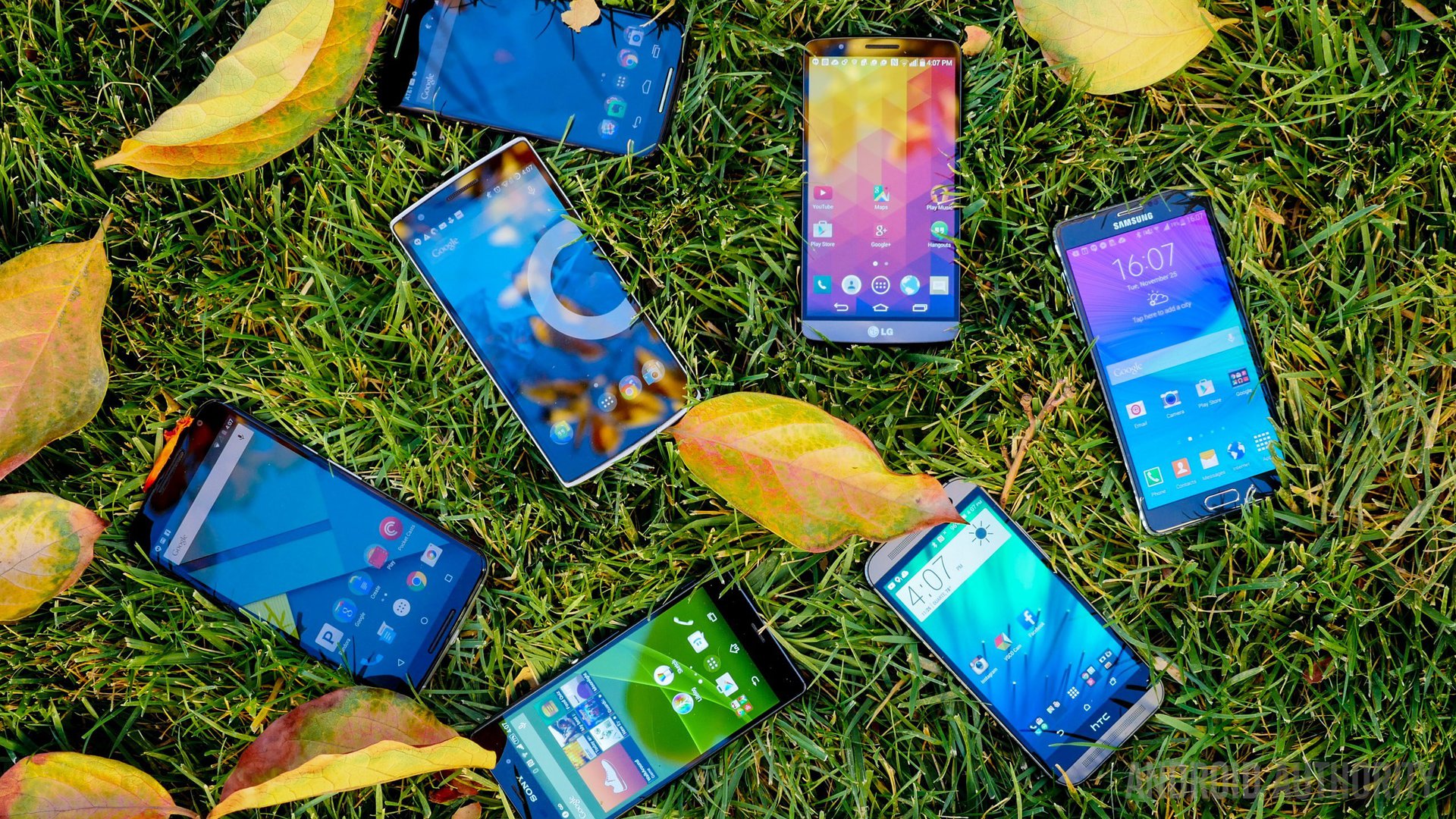
Since Android’s inception, smartphones have been released at a breakneck rate, even among the big players. Names like Samsung, HTC, LG, Motorola, and Sony put forth device after device, and indeed if one were to look back at each company’s flagship evolution over the years, it’s damn impressive to say the least.
The problem, however, is that the times have changed. Whereas the selection was once rather barren with only the five aforementioned core players supplying a major chunk of the mainstream market, there are now dozens upon dozens of other players in the game, some in starring roles like HUAWEI from China, and others in supporting positions like BLU Studio. Heck, even new faces like OnePlus and (in the West) Xiaomi are trying to get their fifteen minutes and steal the show.
With all this crowd gathering, it’s no wonder companies like HTChave been facing financial frights: whereas it once had a real edge with smartphone specs and design, now any number of companies are making use of metal, unibody designs, or top notch specs.
Suffice to say that, as a result, people need to brace themselves for what’s already started to happen: realistically speaking, there is just no way many of these companies can actually afford to release brand new looking products every year.
…and check into reality
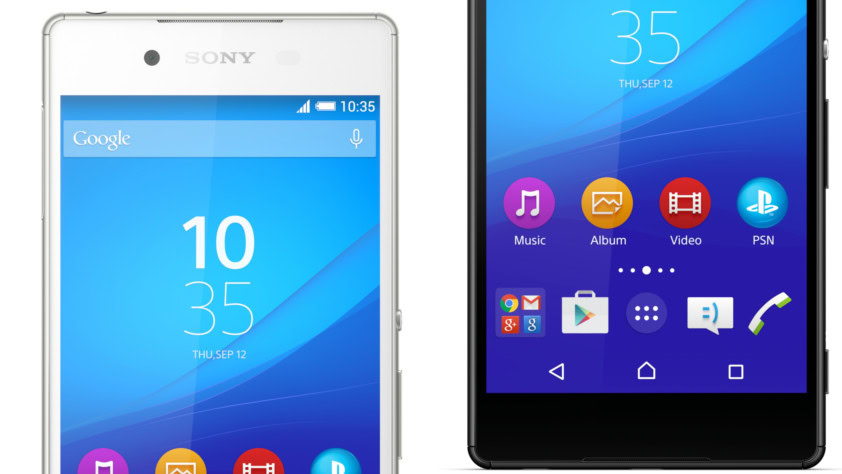
As I argued on Monday with Sony’s Japan-only announcement of the Xperia Z4, everyone needs to stop for a second, take a deep breath, and consider (1) just what a “new” phone is, and, (2) just why they want a “new” phone in the first place.
Inherently, (1) a new phone is a product that has the latest and greatest specs, or at least specs that are superior to model(s) which came before it. The consensus as of April 2015 seems to be that flagships should contain the following: a Snapdragon 810 CPU, 3GB of RAM, at least 32GB of storage, a Full HD or QHD screen with Gorilla Glass 4, a front facing camera with a wide-angle lens and relatively high megapixel count, and a rear camera with good aperture, OIS, and a high megapixel count. Metal and/or glass should be used at least somewhere aside from the screen (in the case of glass).
Funny then, as both of this year’s big let-downs so far have met those expectations to the letter. Funny then, as neither the HTC One M9 nor the Sony Xperia Z4 are considered “new” phones because they lack something else: a new design.
And therein lies the real crux of this detestable situation: tech fans love to obsess over specs, yet when push comes to shove, (2) if they don’t have a redesigned package to show off, it just isn’t worth having; a new phone means a new design.
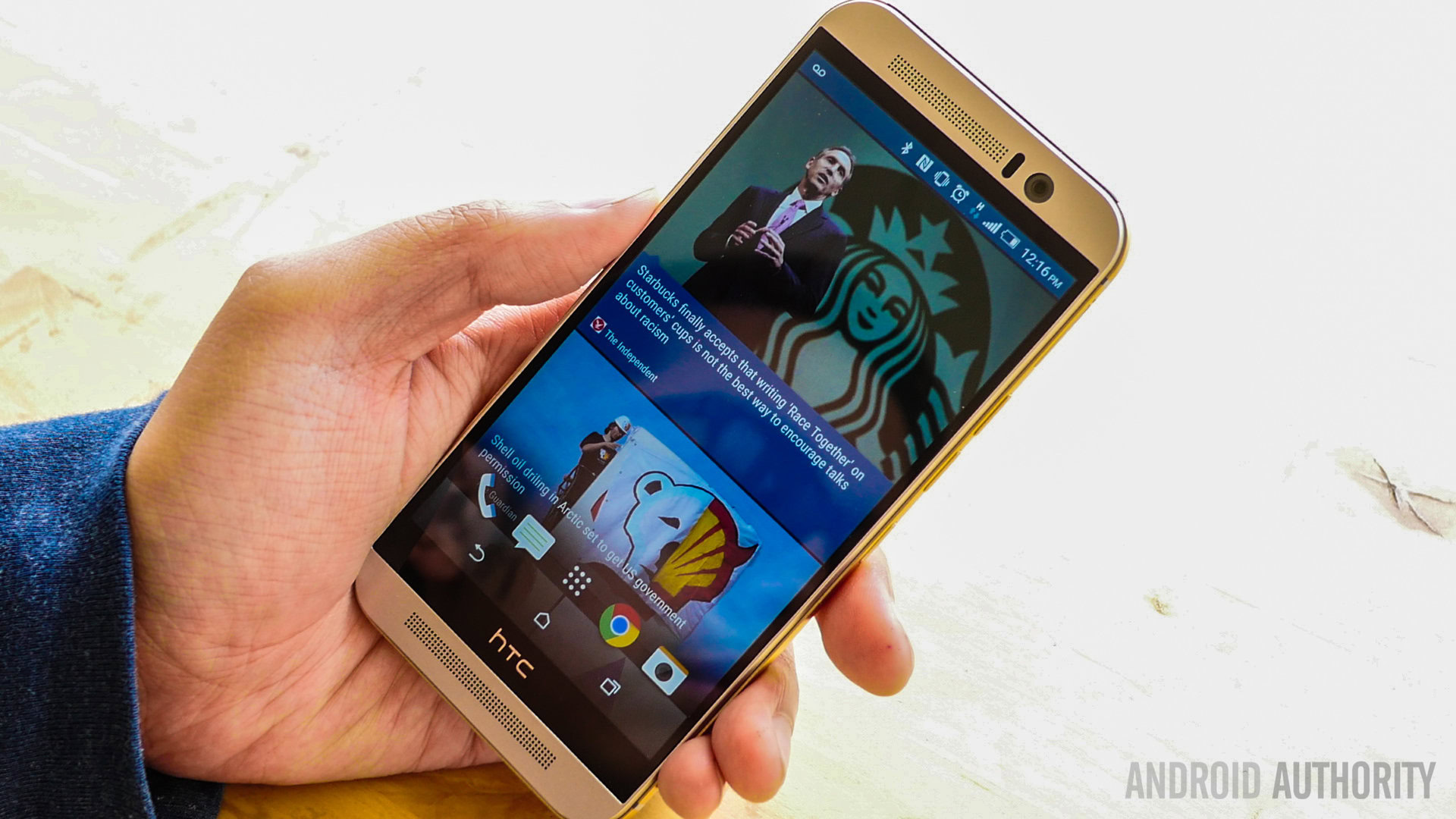
Apple has long since been “disappointing” fans to the point where it’s now blatantly obvious that every other year will be an “S” release, and thus the internals will receive an upgrade while the body of the iPhone remains the same. It’s held true of the iPhone 4, the 5, and you can bet your last cent that 2015 will see the release of an iPhone 6s. Mind you, Apple has the cash to redesign the phone. After its world-recording earning profits, one might argue it has the cash to release a new phone for every single month (if not week) of the year.
But Apple meticulously crafts its iPhone, and in a spout of true business sensibility, wants to cash in on that R&D for as long as possible. In short, “if it ain’t broke, don’t fix it”.
Ask yourself a question here, just for the sake of argument: if your current phone were to be re-released tomorrow with the exact same internals but with a new design, would you consider it a new phone? More importantly, would you repurchase it?
You’re not wrong, but they’re also right
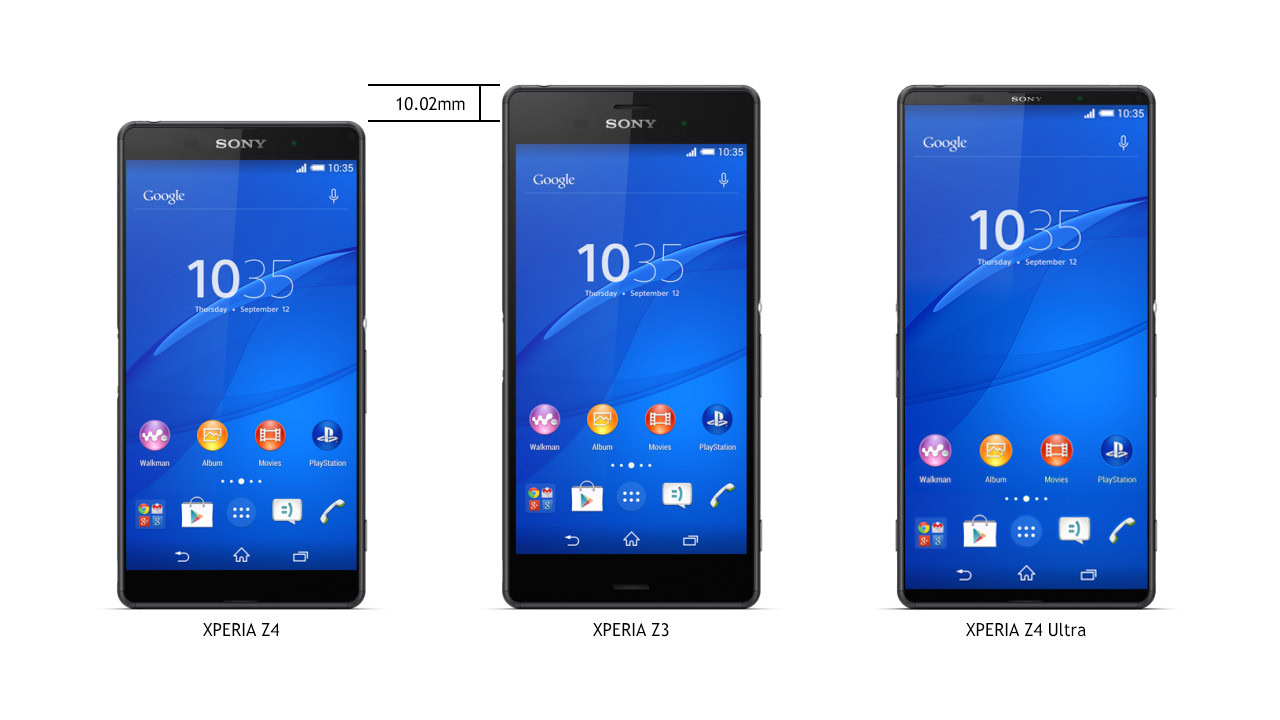
Don’t feel bad: you’re not wrong for waiting a new design. People love seeing before-and-after pictures of their friends, family, and celebrities. We love hearing about things like “reboots” and “remakes” because it tickles our fancy for a fresh paint on something tired and true.
Android fans were upset when HTCannounced the M9, and rightly so. It looks exactly like the M8 save for very minor cosmetic changes. The same holds true of the Xperia Z4. But they are, in fact, new phones, and the manufacturers are charging full price for them as such.
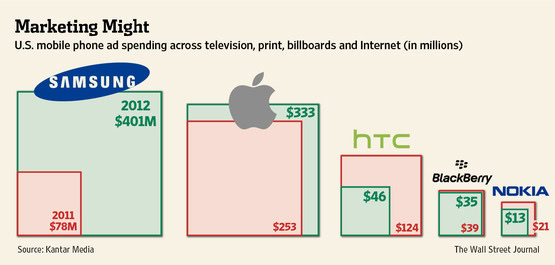
One of the big “concessions” that everyone needs to finally accept and overcome is that companies simply don’t have the budget to redesign their phones every year anymore. It takes a lot of money, and for companies like HTCand Sony, they really don’t have so much to spend. Even LG is going to be facing an uphill battle with its upcoming G4, as everything leaked so far indicates the phone will essentially look like the G3 which came before it, just with a removable leather rear cover of questionable taste and tact.
Say, what about Samsung?
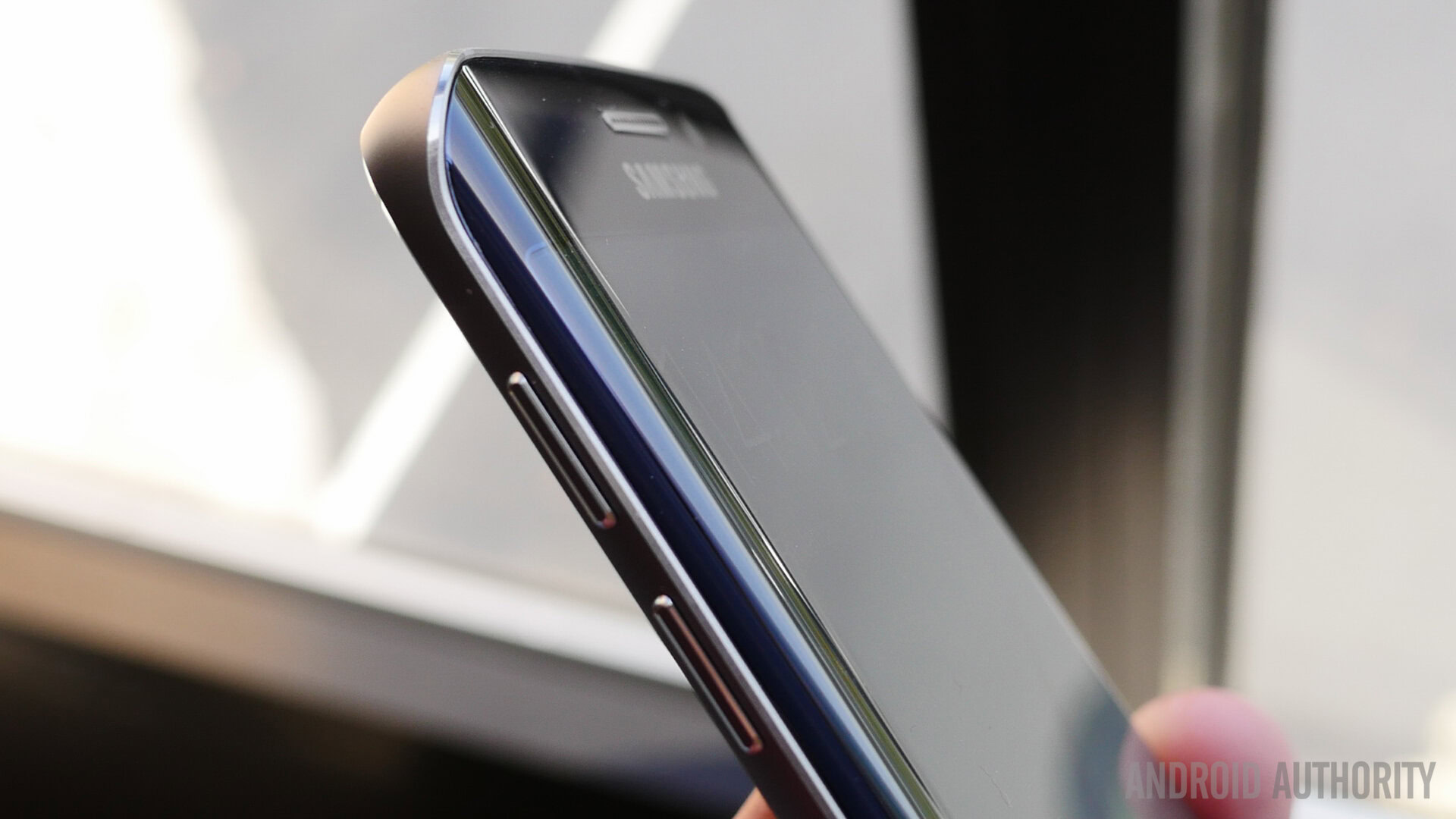
We would be remiss to ignore the obvious standout to this sea of similar: the Galaxy S6 is not only the most radically redesigned phone Samsung has ever produced, but it even spawned a sibling, the even more mystifying Galaxy S6 Edge. This premium pair of products have had such a profound impact on consumer interest and carrier curiosity that Samsung has already gone on record to predict sales may reach 70 million units. For a company that couldn’t start 2015 fast enough, the cash-money-machine is back on “printing press” mode.
But let’s get one thing clear here: Samsung had everything to lose, and by all indications, it was already in the process. The Galaxy S5 was a sales disappointment for the largest Android OEM, and it didn’t help that 2014 also saw the company fall from its top position in both China and India, the two countries that have the world’s largest populations. Chinese “upstarts” like Xiaomi and HUAWEI and even Lenovo have managed to put forth products that have all the specs and spectacle of Samsung, yet are nowhere near as price-prohibitive. Even more impressive? Their offerings had even more premium builds to boot.
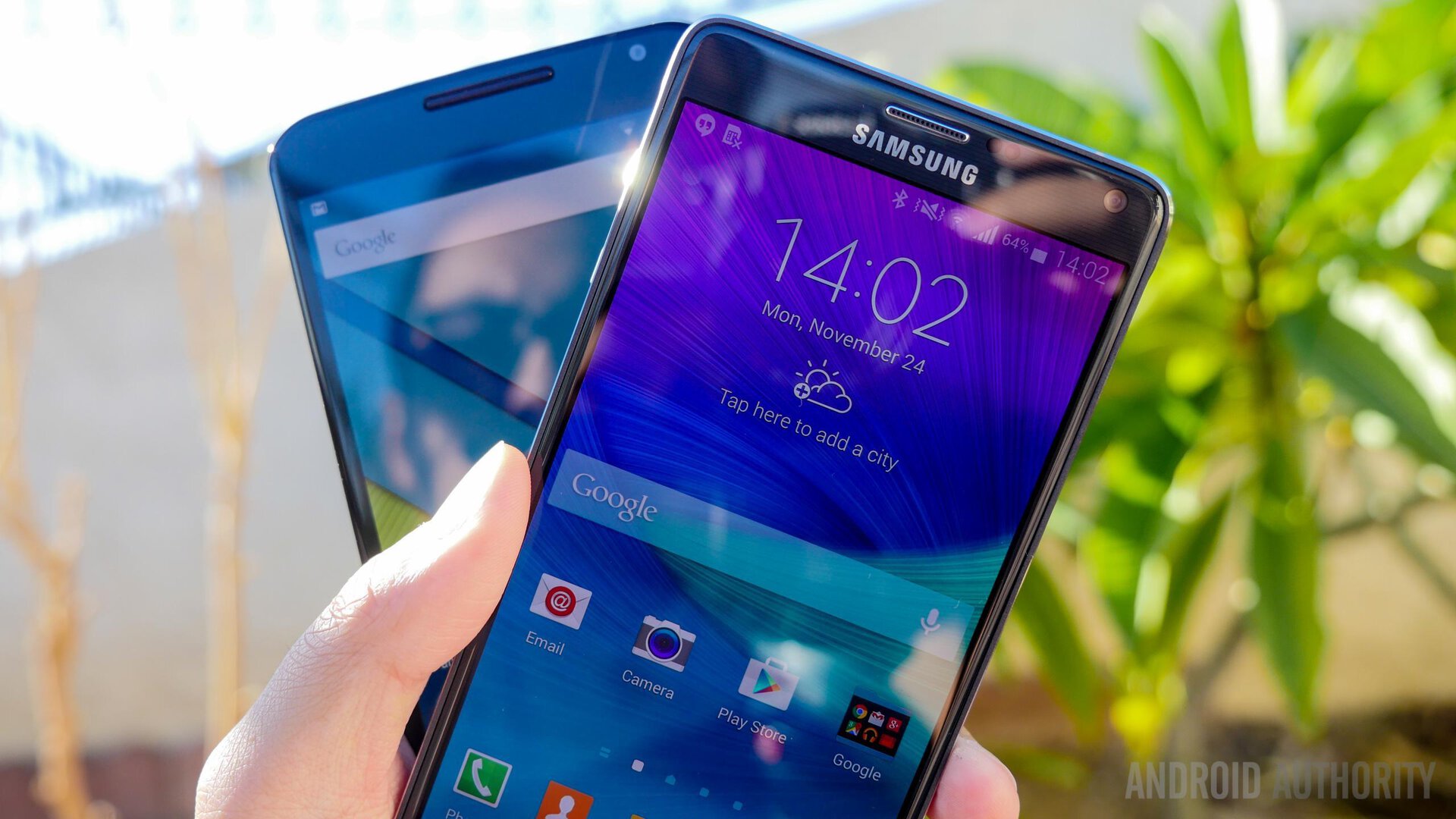
Samsung had to redesign the Galaxy S6 if it wanted to stay relevant. It has, and now that the threshold of top-quality materials has been forced upon the company’s top brass, there is seemingly a great amount of potential that remains in the company. Samsung has just now reached the design-state that rival companies HTCand Sony had arrived at years ago, and with the sizable coffers it has, there is really no telling just what kind of devices will be in store for consumers in the future.
Community service
Like it or not, smartphones are just a few years, maybe months, away from becoming a commodity, at least as things stand now. Some might argue the turning point has already passed. Google itself has done a fine job of pushing this reality, especially beginning with Android 4.4 KitKat, wherein it lowered the basic requirements to run the OS, much like what Microsoft did with Windows 7 coming from Vista before it. The results is that dozens upon dozens of small scale OEMs can put out budget friendly phones that have standard specs, but still manage to run a rather up-to-date build of the OS.
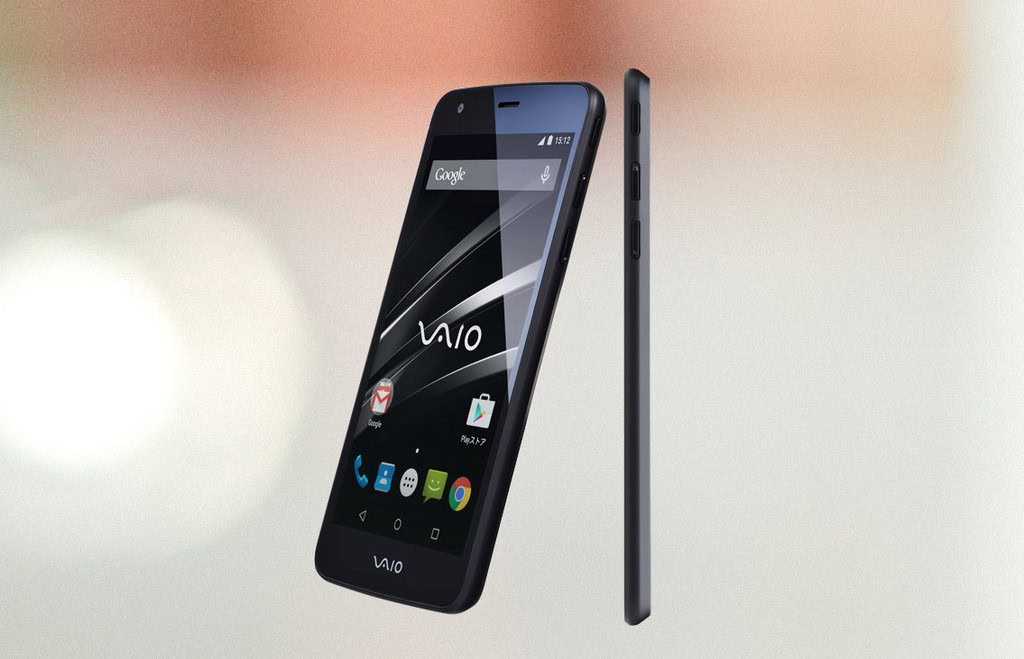
The only real differentiation among smartphones that exists now are those made by the major players we’ve discussed so far, and even within their own stable devices tend to look similar. While Samsung fans love Samsung and HTCfans love HTC, the vast majority of consumers don’t give a crap who made their phone. Chances are, if the branding isn’t apparent, they are probably more likely to know what carrier sold it to them than they are the OEM that produced it. (Unless the device is made by Apple, of course.)
This is a rather tough reality to confront, but one that companies like Sony are having to come to terms with: aside from a core group of fans, there is just very little motivation or need for someone to go out and spend $200+ on a 2-year contract when they can get a much cheaper phone for half that, if not free, and it still meets all their basic needs. The amount of money that needs to be spent on marketing and R&D offers progressively less potential return with each passing release cycle.
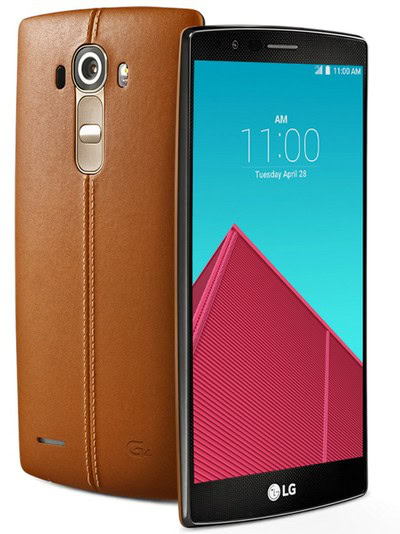
Sure HTCcould have released a radically redesigned One M9, but would it have sold any better than the M8? What if it sold worse just because of the Galaxy S6’s existence? How would that affect the morale of the staff at HTC, not to mention the company’s finances? Sony could have put out a totally re-imagined Xperia Z4, but considering the brand is the top Android seller in Japan (and the device was, in fact, only for Japan) did it actually need to? Even LG could have gone to town with the G4 but (assuming the leaks are legit) why bother when it has already announced a more premium product to release later this year?
It’s not the end
While this piece can certainly put a sobering spin on the whole “not new” situation, that doesn’t mean we should abandon hope for the future. HTCwasted no time in announcing a “real” flagship for Asia just weeks after the One M9, and in many ways it is more what many wanted. Likewise, Sony may have something in-store for international customers in just a short while. Companies will eventually release new products that have the visual “factor” going on, but it just seems like it’s not going to be happening at the same rate we’ve come to expect.
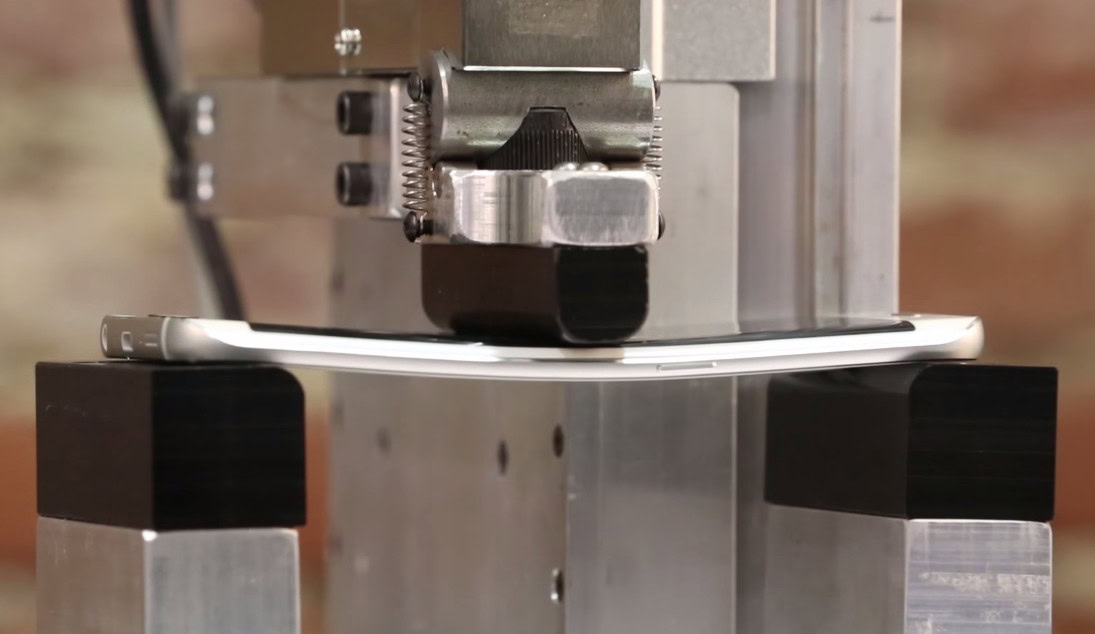
Still though, we need to ask ourselves one final question: just how much “newness” can there actually be when it comes to a product that is supposed to be designed simply and safely? If things get thicker, people complain. If things get thinner, people complain. If things get heavier people complain. If things get lighter people complain. Unless some kind of radical paradigm shift occurs in the future (like say, foldable/bendable products) that fundamentally alters the very idea we have of a smartphone and its form factor, there is a rather finite level of refinement that can be achieved. Look at how long it’s taken to release a truly “new” looking laptop like those Dell or Apple have just put forth.
While everyone is allowed, if not encouraged, to voice their opinions about stale design amid super specs, just remember that at least we have something, even if it’s not what we hoped and dreamed for. Sometimes, you can’t always get what you want, but the next best thing ain’t all that bad either.